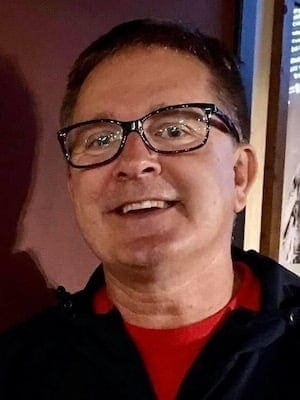My students had questions about the central character in the story “Fly Away Home” written by Eve Bunting and illustrated by Ronald Himler. And even as second-graders, they knew something about the problem.
“Homelessness is mean,” said James.
“I pass the Salvation Army on my bus on the way to school every day. I know homeless people sleep there,” Billy added.
“Fly Away Home” tells the story of a boy who lives in an airport with his dad because they have lost their home. They move through the terminals to avoid being noticed by passengers.
The story places you in the boy’s shoes and helps you see the world through his eyes. You feel the pain of the dad who can no longer provide a home for his family. You experience what it’s like to have all of your possessions in two blue bags.
This is just the right book to help students and teachers think about how we view people who are homeless.
After reading the story to my students, I asked a few questions about homelessness.
Being homeless is “when you don’t have a house to live in,” said Imani. “You know, you have to live under a bridge or on the streets.”
“Are there homeless people in Greenville?” asked Madi.
Madi’s question took me back to that morning in the school office. A man came through the door with two new students, a kindergartner and his second-grade sister.
“I’m with the Greenville Area Interfaith Hospitality Network,” he explained, giving me a card with his name and phone number on it. “We help families make the transition from homelessness to transitional housing to owning their own homes. These children are in our program. Please call me if you need more information.”
I introduced myself to the children and escorted them to the cafeteria for breakfast.
There are homeless people in Greenville, S.C., and in every city in the United States. There are homeless children in our school. There is a homeless child in my class.
If they knew, the child’s story would put a face on the word “homeless” for them, as it had for me.
As the classroom discussion continued, I asked what we should do about those who don’t have homes.
“You can make sure you’re kind to people when you see them downtown,” said James.
“You can make sure there are places for people to eat,” added Imani.
“You can make sure there are shelters for people to sleep when it’s cold outside,” said Billy.
“You can find them and become friends with them,” said Madi.
“You can love them,” said my newest student, the one who is homeless.
My wonderful second-graders realized that we are responsible for each other, that love and care means making a way for children and families living in shelters, cars and hotel rooms to have housing, food, clothing, medical care and education.
One day, they will be adults who make the decisions and policies that form our communities. In the meantime, as we adults make those decisions and policies, I hope we will hear the words of my student.
“You can love them.”
TrevorBarton teaches second grade and is a member of First Baptist Church in Greenville, S.C. This story first appeared on the Teaching Tolerance website.
A fourth grade public school teacher and member of First Baptist Church in Greenville, South Carolina.

